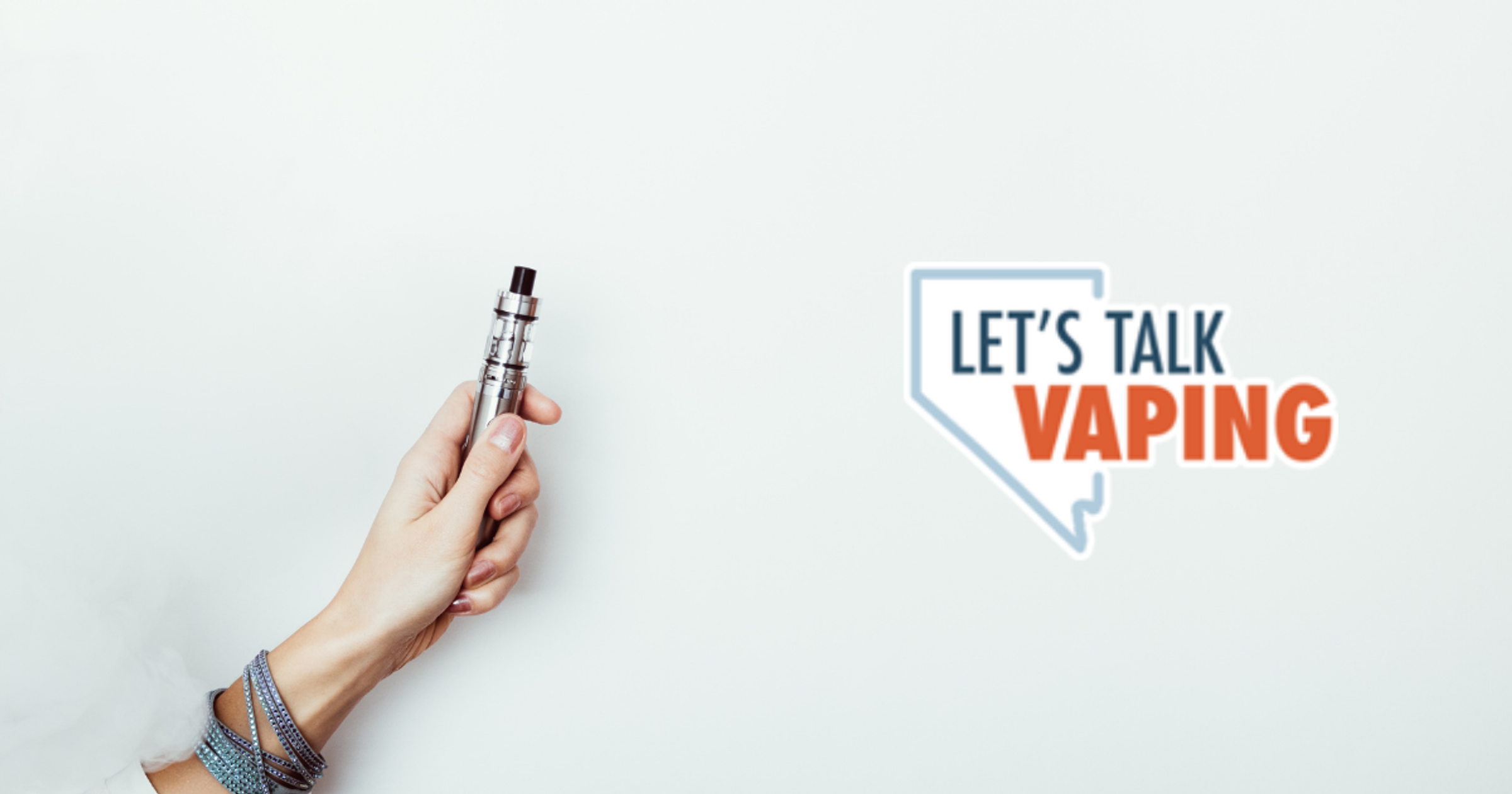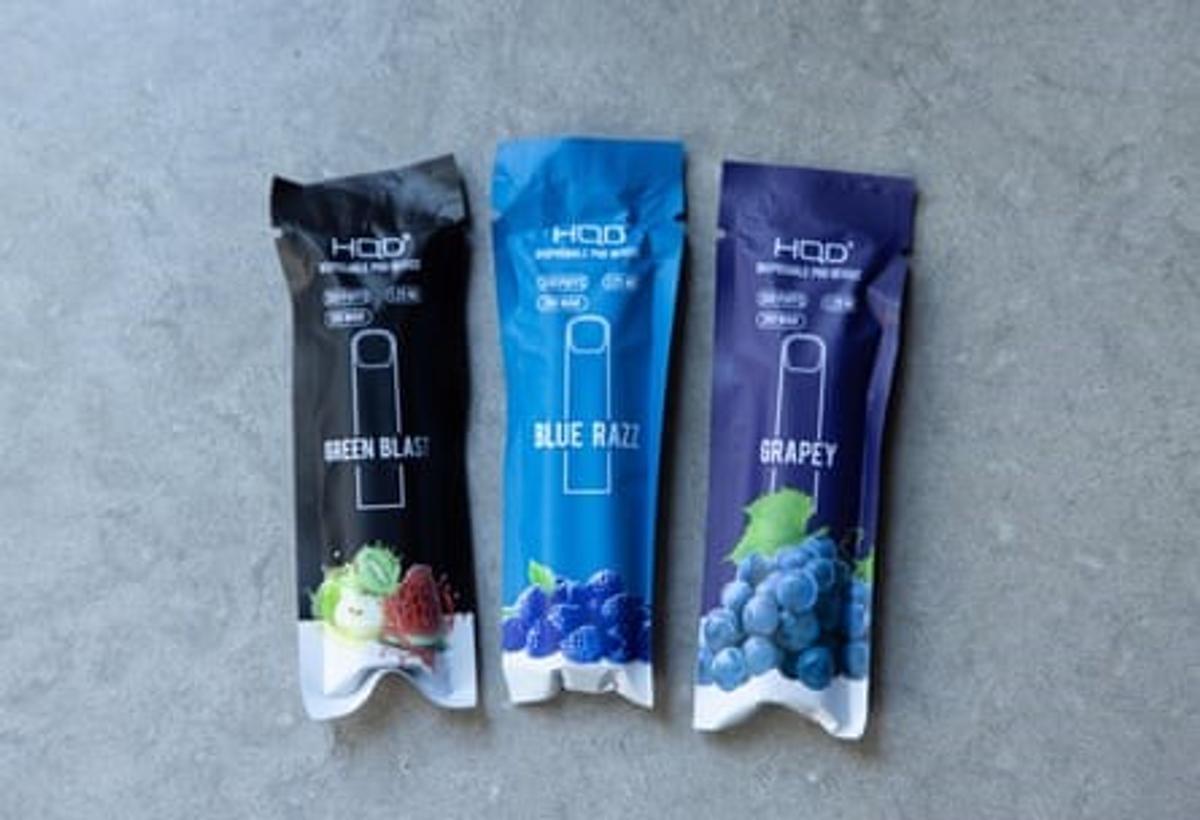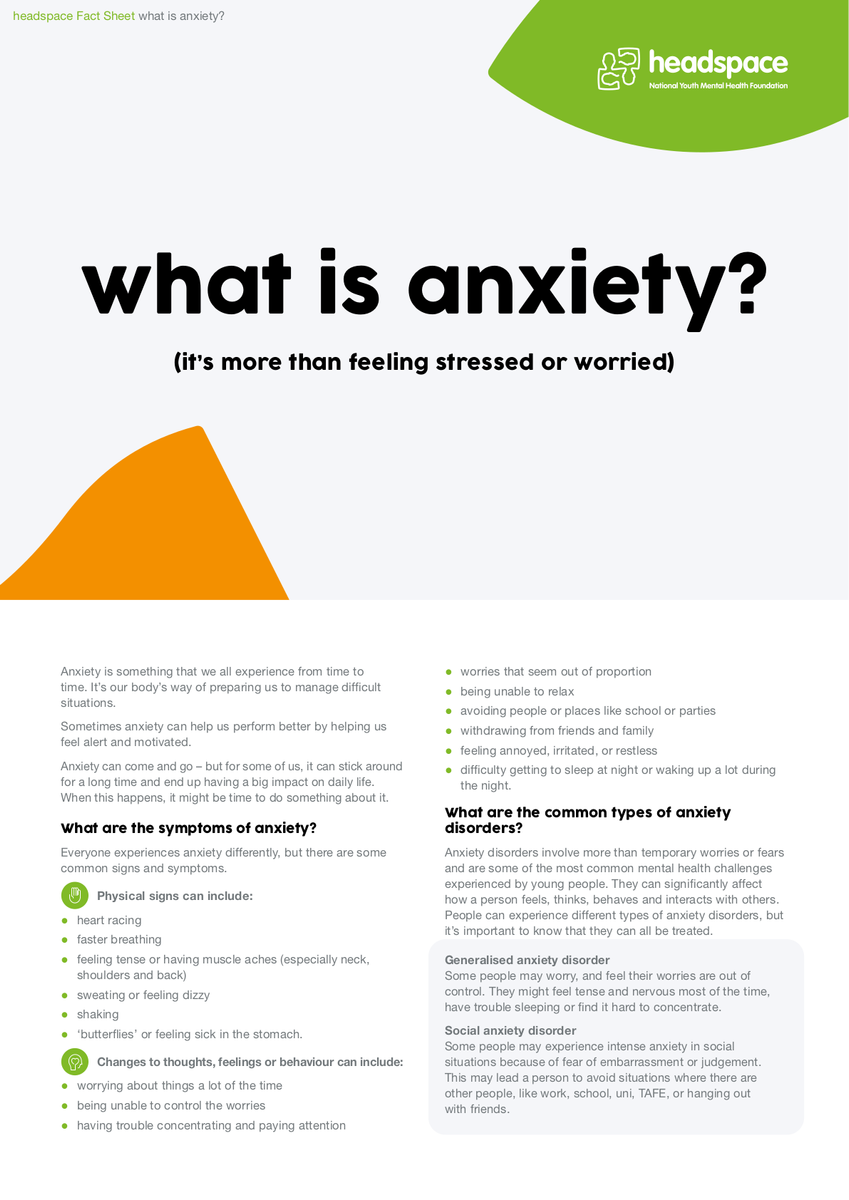Wellbeing

VAPING
Generation Vape Research Project
The growing rates of e-cigarette use among young people is concerning given young adulthood is a significant period for the establishment of unhealthy or risky behaviours that persist into adulthood. Generation Vape is the first research project of its kind to take place at a national level in Australia and involves both quantitative and qualitative research components.
This research is led by Cancer Council NSW in partnership with the Daffodil Centre and the University of Sydney, funded by the Australian Government Department of Health, Minderoo Foundation, and the NSW Ministry of Health and Cancer Institute NSW.
Initial findings from this study, which aims to track teenagers’ knowledge, attitudes, beliefs and behaviours about using vapes (e-cigarettes) include:
Vaping is common, especially among nonsmokers
The study surveyed more than 700 teenagers who were 14-17 years old from New South Wales.
The study found teenagers are readily accessing and using illegal, flavoured, disposable vaping products that contain nicotine.
Among the teens surveyed, 32% had vaped, at least a few puffs. Of these, more than half (54%) had never previously smoked.
Where are teens getting vapes from?
The study found most teens (70%) didn’t directly buy the last vape they used. The vast majority (80%) of these got it from their friends.
However, for the 30% who did buy their own vape, close to half (49%) bought it from a friend or another individual, and 31% bought it from a retailer such as a petrol station, tobacconist or convenience store.
Teens also said they bought vapes through social media, at vape stores and via websites.
What products are teens using, and why?
Of the teens who had ever vaped and reported the type of device they used, 86% had used a disposable vape.
These devices appeal to young people and are easy to use. They do not require refilling (unlike tank-style vaping products) and are activated by inhaling on the mouthpiece.
Disposable vapes can contain hundreds, or even thousands of puffs, and are inexpensive, with illicit vapes from retail stores costing between $20 to $30, or as little as $5 online.
There is an enormous range of vape flavours likely to appeal to children – from chewing gum to fruit and soft drink, even desserts. So it is unsurprising teens rated “flavourings and taste” as the most important characteristic of vapes they used.
Disposable vapes often contain very high concentrations of nicotine, even those claiming to be nicotine-free.
The most popular vaping devices are designed to be highly appealing to young people.
In the study, over half (53%) of the teens who had ever vaped said they had used a vape containing nicotine. Many, however, were unsure whether they had used a vape containing nicotine (27%).
All vaping products, irrespective of nicotine content, are illegal to sell to under-18s in Australia.
Today, disposable vapes containing nicotine can only be legally sold in Australia by pharmacies to adult users with a valid prescription.
The results emphasise that teen vaping is increasingly normalised, and the most popular devices are designed to be highly appealing to young people. This is despite product manufacturers and proponents claiming they are smoking cessation aids only for adult smokers who are struggling to quit.
There is evidence that vaping leads to harm such as poisoning, injuries, burns, toxicity, addiction and lung injury. The odds of becoming a smoker is more than three times higher for never-smokers who vape than for never-smokers who don’t vape.
For more information:



